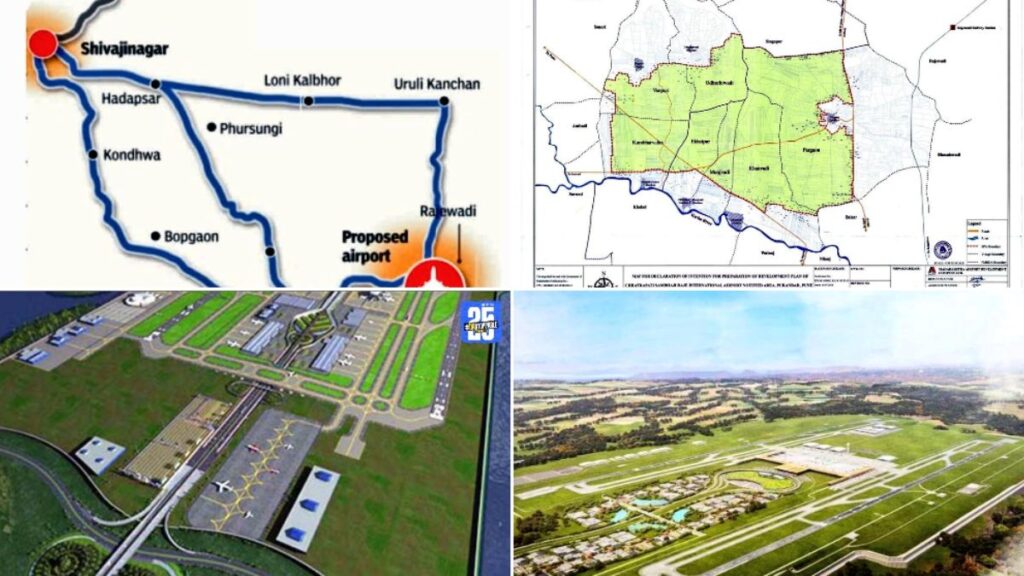Pune’s New International Airport at Purandar Progresses Swiftly; 60% Land Acquisition Done, Construction Begins Mid 2026

Great news for everyone in Pune and the wider region: the long-awaited Chhatrapati Sambhaji Raje Purandar International Airport is finally moving ahead faster than ever, and a major hurdle is being cleared quickly.
In a significant boost to the project, the government has successfully received consent letters from approximately 1,600 landowners. These agreements cover a massive chunk of land, about 1,800 acres. This is a huge deal because the total land needed for the airport was recently scaled down to a more focused 3,000 acres. That means the project is already 60% of the way to meeting its land acquisition goal before major construction has even begun!
So, what’s in it for the landowners? The deal is quite attractive. People affected by the acquisition are set to receive a monetary compensation of four times the market value of their land. But there’s a bonus: landowners who voluntarily give their consent will also receive an additional compensatory land parcel equivalent to 10% of the area they gave up.
These new land parcels will be allocated on a first-come, first-served basis from a special 700-acre zone reserved within the new “Aerocity” that will surround the airport. This presents a unique opportunity for families to own a piece of the future development that the airport will inevitably bring.
ALSO READ | Maharashtra Clears New IT Park Near Purandar Airport to Decongest Hinjawadi
The Government of Maharashtra has a clear timeline in mind. They aim to wrap up the entire land acquisition process by the end of 2025. If all goes according to plan, the tender process will be completed, and physical construction on the airport itself could begin by the middle of 2026.
This isn’t just a Pune airport; it’s being designed as a gateway for the entire state. With its massive scale, including two parallel runways each measuring 4000 meters long, it’s poised to serve western and central Maharashtra, significantly boosting regional connectivity and economic growth.








